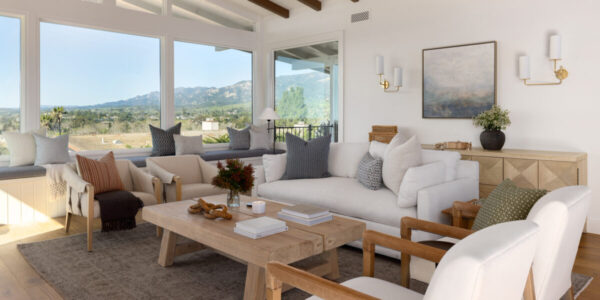
This Is Exactly How to Choose the Right Rug for Your Space
These tips will help you tie your room together.
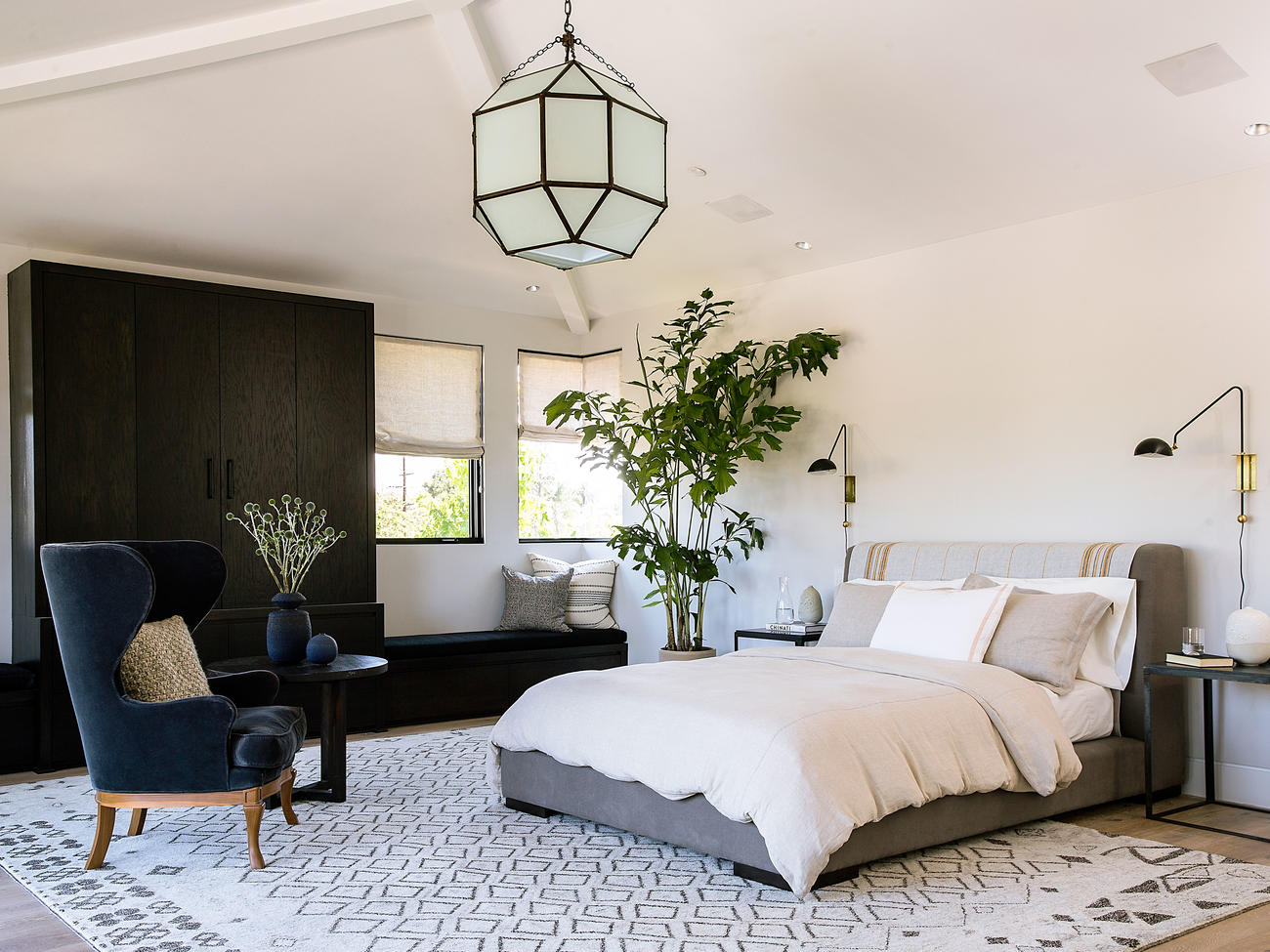
Anyone who’s watched The Big Lebowski—or honestly even just heard of the film—knows the famous line “that rug really tied the room together.” Well, some phrases are famous because they’re true and that is one of them.
Rugs are one of the most powerful tools in your interior design tool kit. They can be the one piece that marries mismatched furniture together, they can provide a soft spot for kids or pets to play, they can protect your floors, they can serve as a focal point, and so much more.
“I think it’s important to think of a rug as just one of the pieces of the puzzle in a room,” says interior designer and Marshalls and T.J.Maxx Style Expert, Breegan Jane. “It comes down to personal preference but, overall, I think a rug can be a great addition to a room to give it a cozy and put-together feel.”
That said, rugs are a big-ticket item—both in terms of size and cost—so finding the right rug for your space is no small task.
When choosing a rug, there are so many variables that it can feel overwhelming, but this designer advice will help you make sense of the many choices and find the right fit for your home.
Understand Your Options
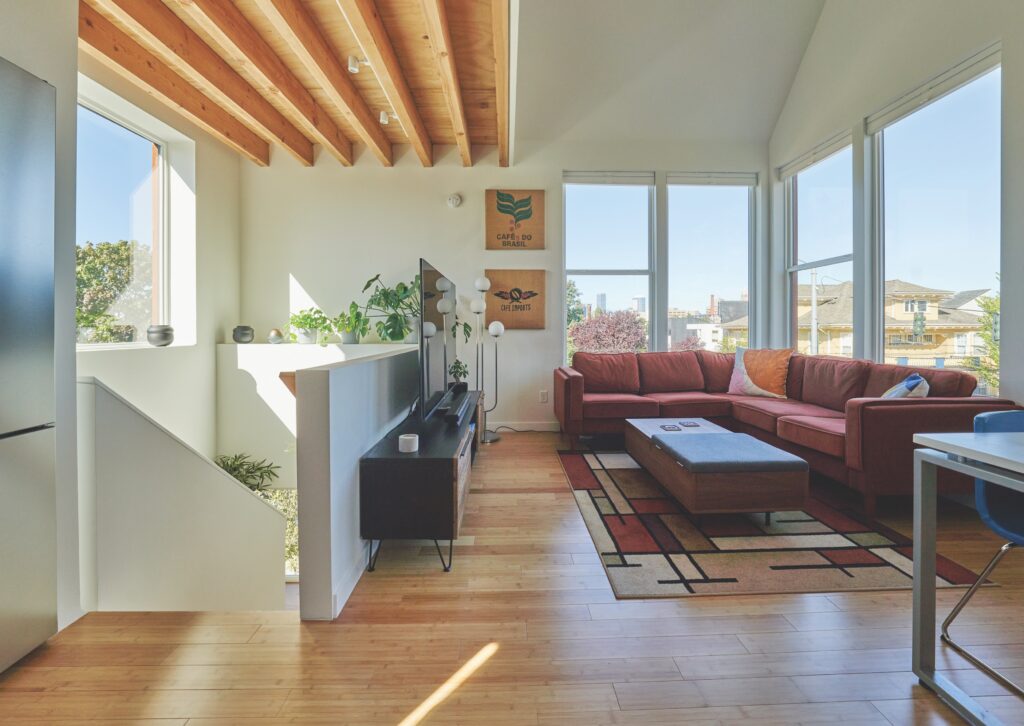
Thomas J. Story
“All rugs have a different texture and even if the rug is beautiful, if it feels terrible under your feet you will quickly hate your decision,” explains Kate Lester of Kate Lester Interiors. She suggests shoppers learn to understand pile—which refers to the height and fiber density of the rug—as the first step to finding a rug with a texture they’ll love.
“Pile is arguably one of the most important aspects to consider,” she explains. “High-trafficked areas should have a lower pile height to avoid potential tripping, while lower trafficked areas allow for more flexibility when it comes to pile height.”
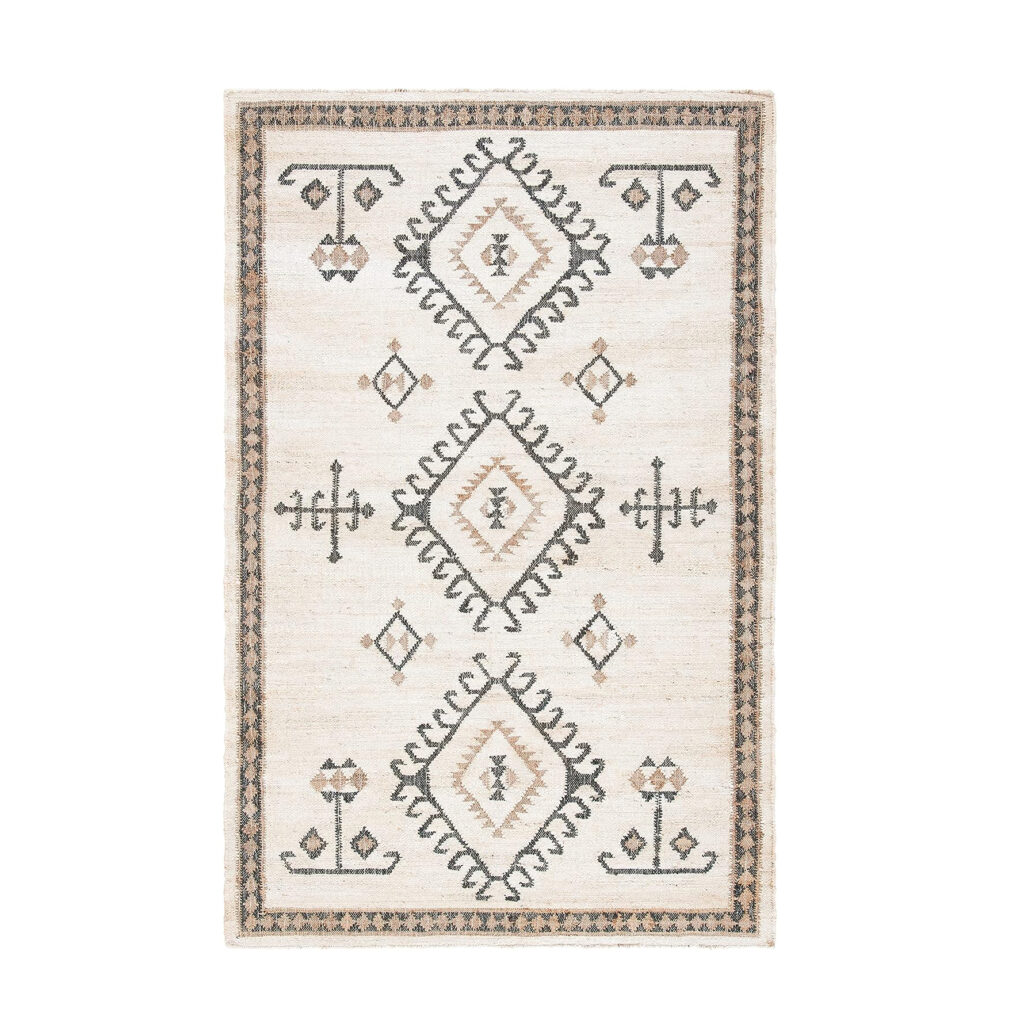
Courtesy of Marshalls
Interior designer Nicole Salceda agrees that a rug’s pile can really make or break how it works within your home. Higher pile rugs can make vacuuming and even proper furniture placement more difficult. “You don’t want a high-pile rug in a room where chairs are going to be scooted in and out, such as a dining room,” she says.
For Jane, the ideal option falls somewhere in the middle between short pile rugs, which include flat-weave kilims, and long-pile rugs, like shags or faux fur options. “I lean toward rugs in the low-to-mid pile range,” she says.
Consider How You’ll Use the Room
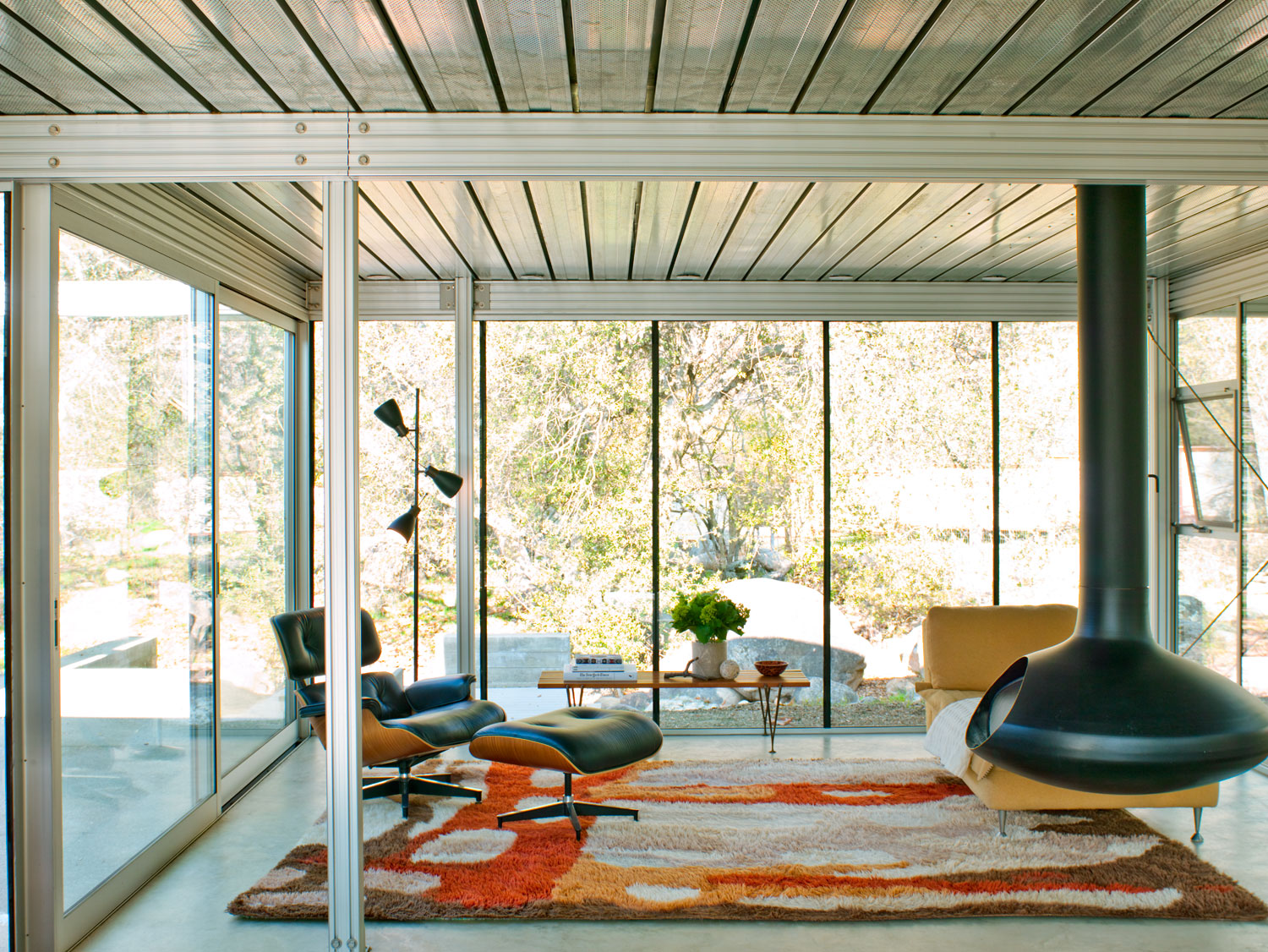
Thomas J. Story
Understanding the difference in rug pile is just one step in finding the perfect rug for you, however. Another huge element is knowing how you’ll be using the room in which your rug will be styled.
Rooms that see a lot of foot traffic have different needs than spaces where relaxation is the goal. “For example, with entryways that see a lot of traffic I tend to go with a woven rug with a low profile, as they hold up nicely,” says Melinda Trembly, principal designer at Rincon Rd. “But in a living room where you want to lounge on the floor, something softer like a cut-pile rug is nice.”
Lester agrees that busier areas of the home have different needs that should be considered before purchasing a rug. “Wool is always an amazing option in a high-trafficked or kids’ space because it’s natural, and can be cleaned via a carpet cleaner just like regular wall to wall carpet,” Lester says. “But I have a blend in my daughter’s room since it’s a more affordable option and is easy to spot clean.”
Another thing to keep in mind is whether food or running water will be present in the space. According to Lester, “rugs that are hard to wash or spot clean should not be in areas with running water.” And Salceda warns against choosing the wrong rug for a dining room.
“If you want a rug in an area where there is going to be food consumption, you’ll want to avoid rugs that do not vacuum easily or will trap food in their fibers,” Salceda explains.
Of course, you’ll also want to make sure the rug you choose works well with your home’s architecture, and won’t cause any issues with existing elements like doors. “Something I also see homeowners do is put a rug next to a door that will not open or close with it,” Salceda says. “Make sure your doors clear the rug (or avoid those areas altogether).”
Keep Durability In Mind
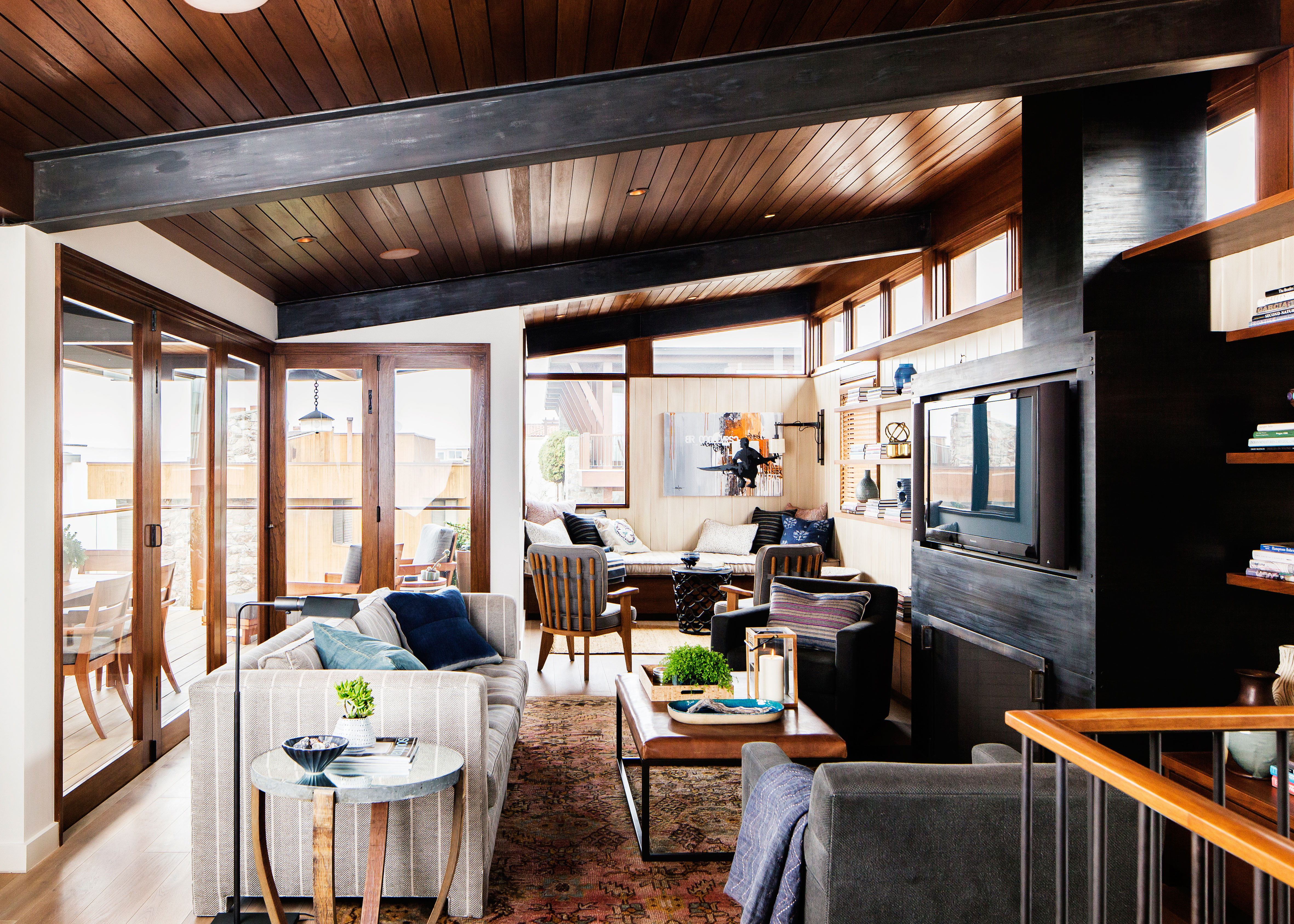
Thomas J. Story
Rugs may not seem as crucial as big-ticket furniture items like your sofa or dining table or bed frame, but the truth is they’re one of the most important purchases you can make for your home—and one you won’t want to replace often. So, finding an option that will stand up to the test of time and the wear and tear of daily life is your best bet.
“Durability is the most important thing as this is the piece of decor that will get the harshest treatment,” Lester says.
Trembly agrees, adding that while more delicate rugs like antiques may be tempting, they’re often more trouble than they’re worth. Unless, of course, you can style them in a space that’s rarely used. “I would never suggest an antique Persian rug to a family with young kids and pets in the house,” she says.
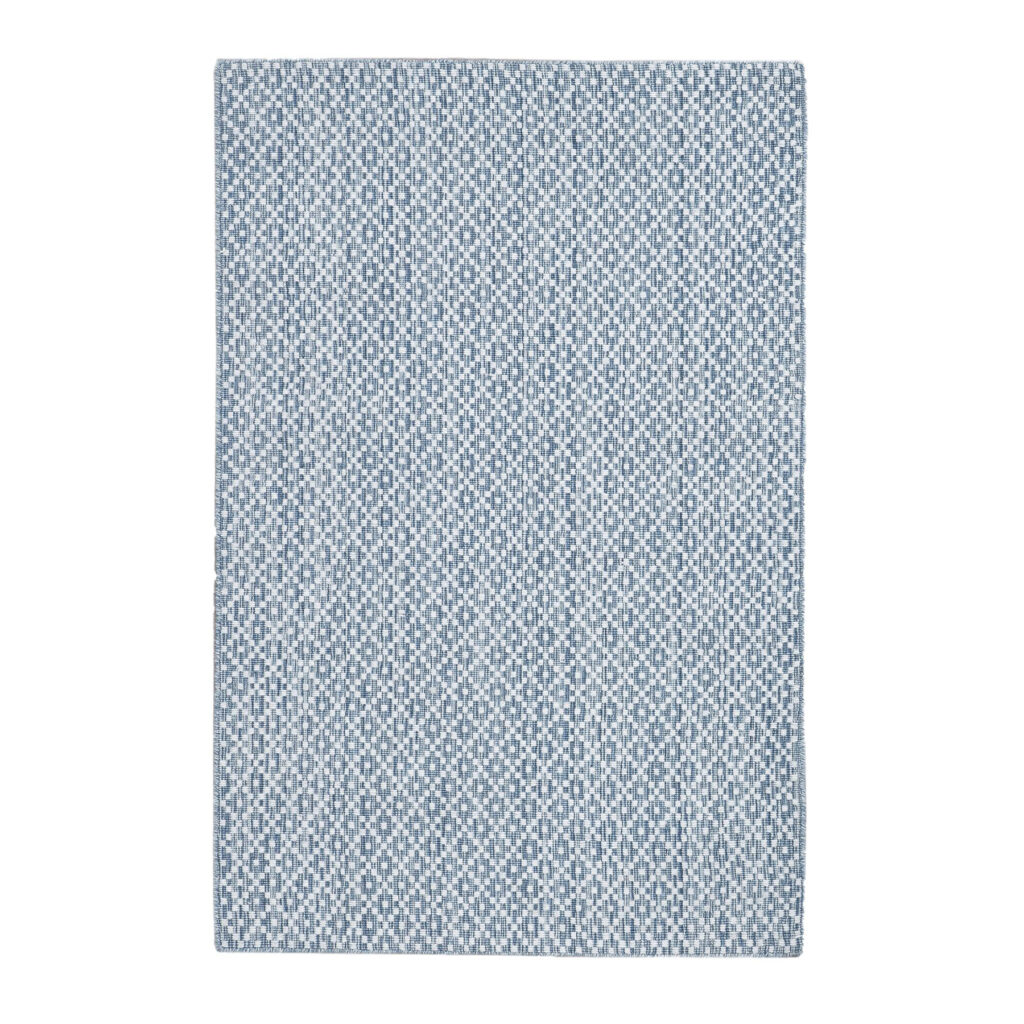
Courtesy of Pottery Barn
Similarly, viscose rugs, which are similar in feel to silk rugs, are a hard no for high-traffic areas, according to Kristen Fiore, owner and lead designer of Kristen Elizabeth Design. “They are beautiful but fragile and difficult to maintain,” she says. “Save them for the showroom or the bedrooms.”
And while overly delicate and expensive antique options aren’t great for most households, there are hardy vintage options that can be a good fit, according to Lester. “Note that a vintage or patterned rug is more forgiving when it comes to footprints, spills, and stains,” she says. “And one of the reasons I love vintage rugs and leaning into their designs is because they’ve already shown that they can stand the test of time.”
Find the Perfect Size
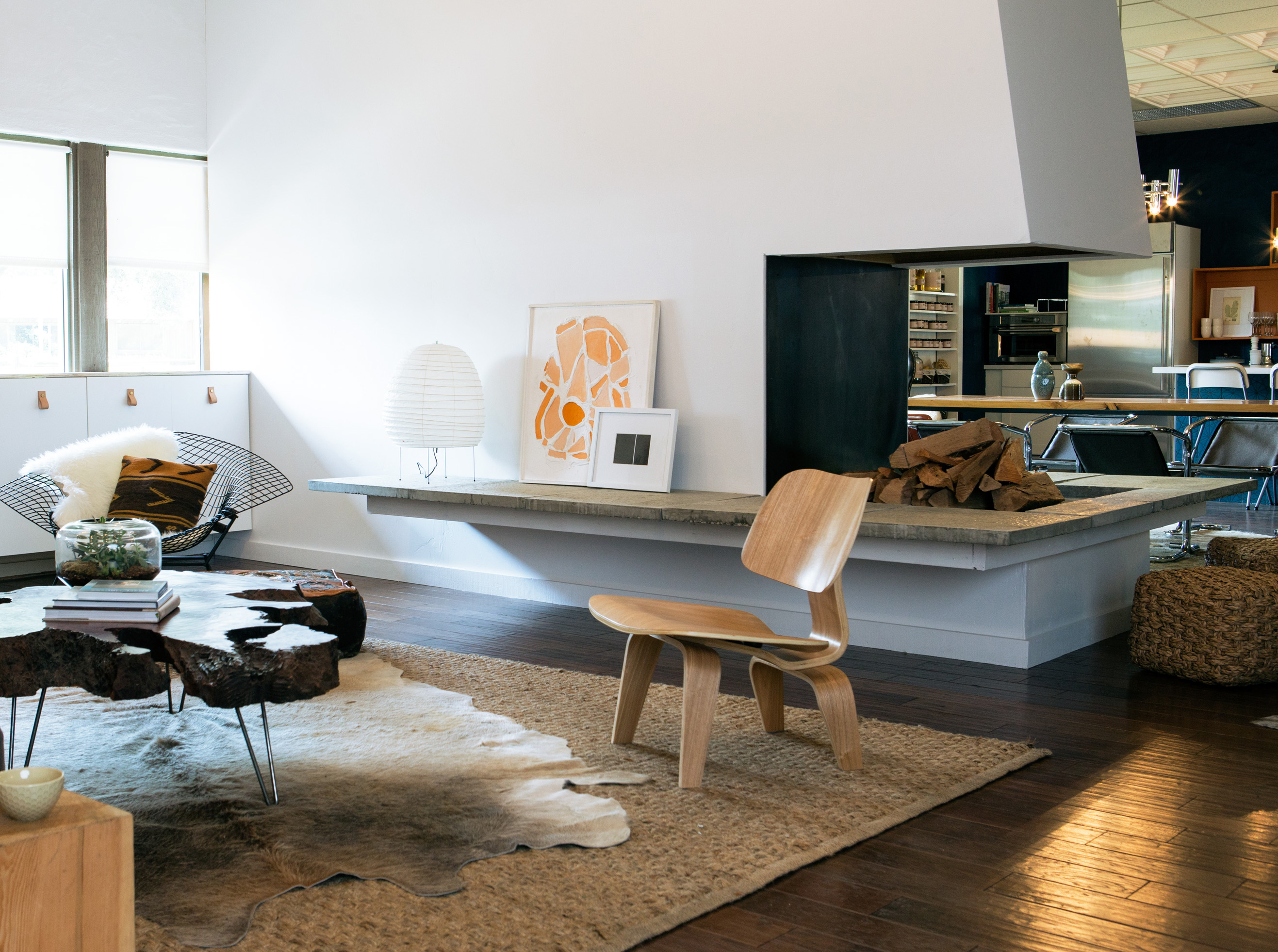
Thomas J. Story
Once you’ve determined the type of rug you want to bring home, you’ll need to find the perfect size for your space, which depends heavily on the room you’ll be styling and your personal preferences.
“Rugs should absolutely anchor an entire seating or dining area,” Lester explains. “This means the furniture should be sitting on the rug. In my opinion, all furniture legs should be on the rug, but oftentimes if the room is gigantic, just the front half of the pieces will do.”
Jane says similar rules apply for the bedroom as well, adding that she prefers to use “larger area rugs with dimensions such as 8×10 feet and 9×12 feet so that the rug peeks out at least 8 inches from the end of your bed.”
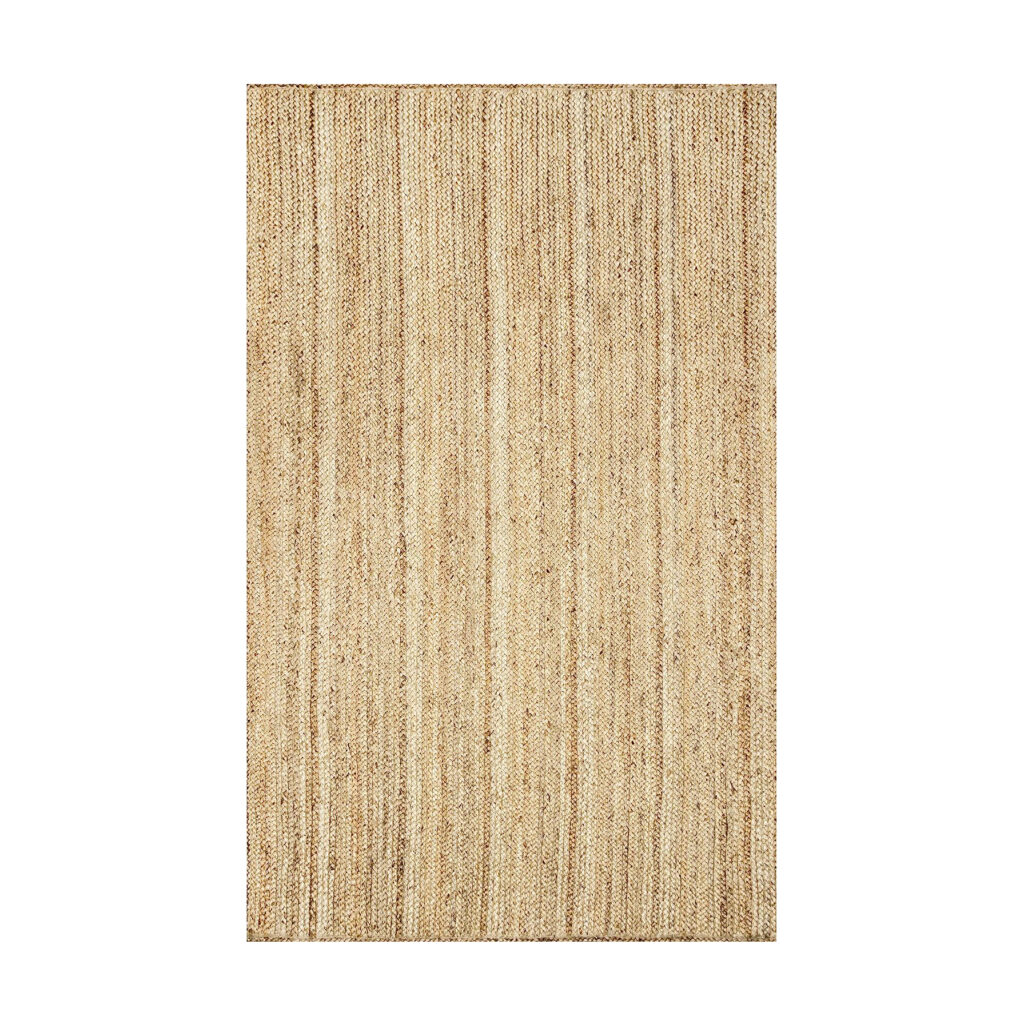
Courtesy of Amazon
But that doesn’t mean smaller rugs are a complete no-go in large spaces. Layering is one of the best ways to bring in the rug of your dreams even if it isn’t the ideal size for your room. “If you have your heart set on a vintage rug, consider layering,” Lester suggests. “Buy a larger sisal/jute/seagrass rug and add the vintage find on top. This way your furnishings will be anchored, and you will get your chic pop of color or texture with the smaller sized vintage rug.”
And while there’s plenty of wiggle room when it comes to layering rugs or using multiple in one space, there’s one size rule Fiore always follows. “You want your rug to be at least a foot away from walls to center and ground a space,” she says.
Choose a Style You’ll Love for Years
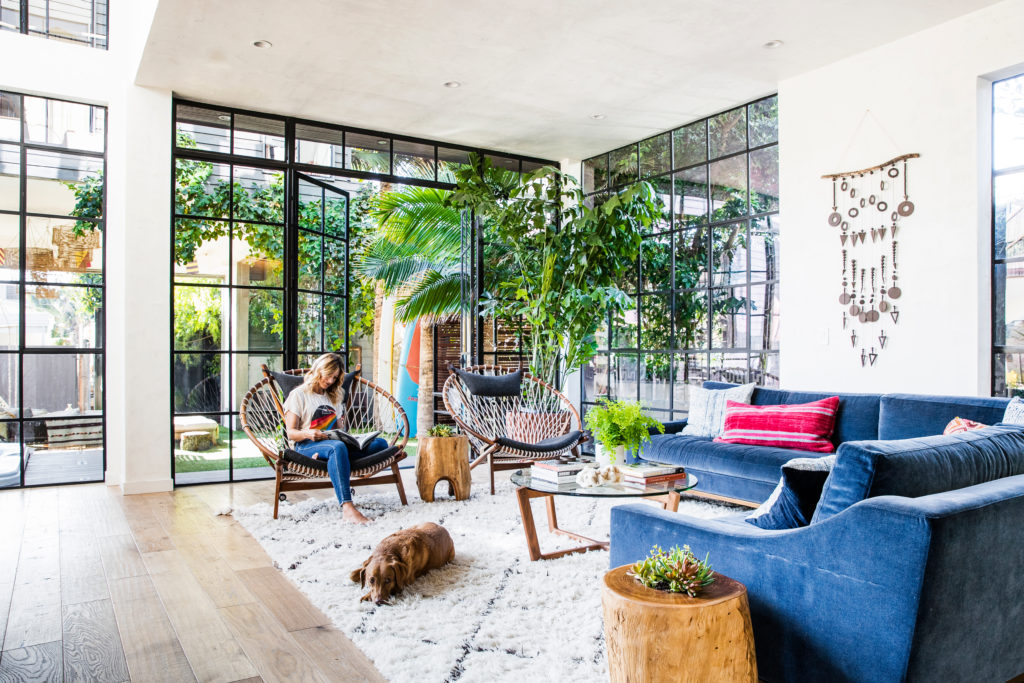
Thomas J. Story
Most important though, is that the rug you choose is one you truly love. Rugs are one of those items we don’t replace regularly, so even though it feels like a decorative element, it has a lot more staying power than your throw blankets and pillows.
Jane says there are plenty of styles that will be on-trend for years to come, so finding a rug along those lines is always a safe bet. “So many options are classic, and I expect to continue to see them in space after space,” she says. “You can never go wrong with neutral-toned patterns that are high-quality wool pile. These light patterns are a timeless solution to making any space feel like an idyllic escape.”
But if those timeless rugs aren’t calling to you, there’s no problem with trusting your gut and bringing home the piece that speaks to your personal style. “It isn’t always a science, it is a feeling,” Fiore explains.
We only recommend things we love. If you buy something through our site, we might earn a commission.
